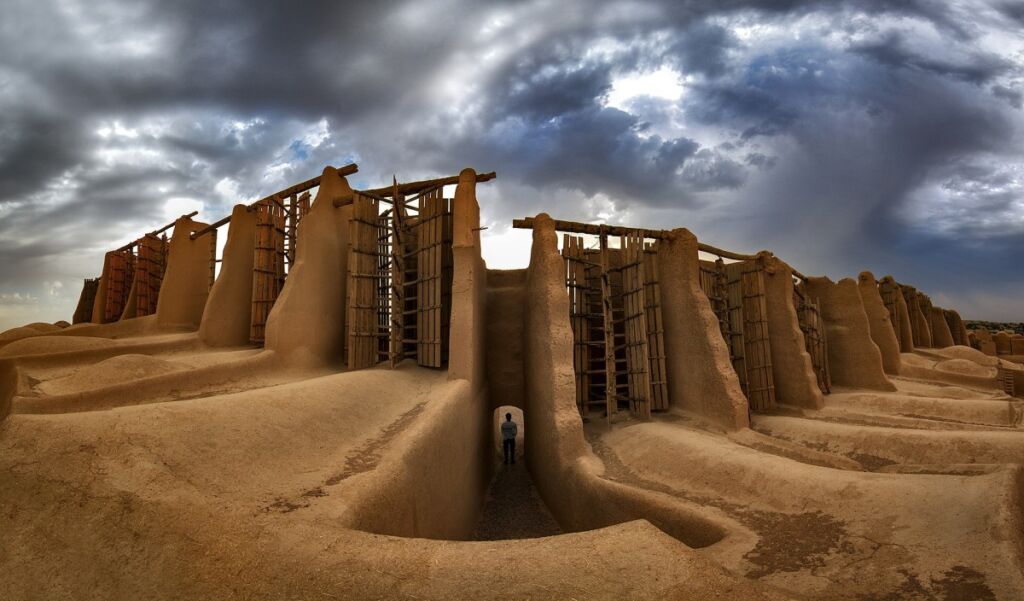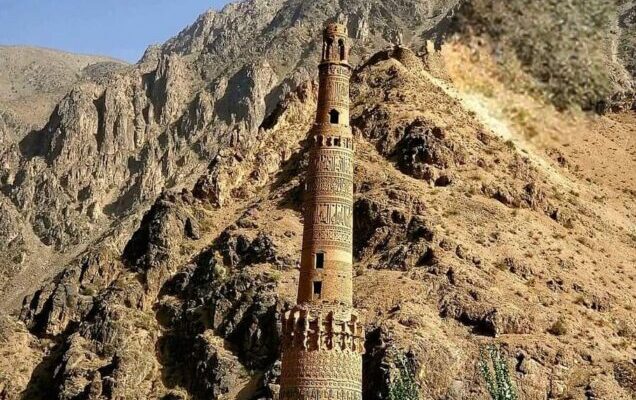In the heart of Persia, where the sun kisses the earth with warmth and the winds tell tales of ancient…
In the heart of Persia, where the sun kisses the earth with warmth and the winds tell tales of ancient wisdom, the vertical-axis windmills stand not just as relics but as living embodiments of functional brilliance. These marvels of engineering were not mere adornments to the landscape; they were workhorses, tirelessly performing essential tasks that sustained communities and fueled innovation.

Imagine a time when the rhythmic creaking of the windmill’s wooden structure echoed through the air, a melody of industry harmonizing with the whispers of the breeze. These windmills were not just symbols of a bygone era but intricate machines designed to grind grains and pump water, their purpose woven into the fabric of daily life.
The functionality of the vertical-axis windmills lay in their ability to adapt to the unpredictable nature of the wind. Unlike their horizontal counterparts, these Persian wonders could harness the wind’s power from any direction, ensuring a constant source of energy in a land where the winds danced with capricious delight. The vertical sails, like the outstretched wings of a mythical bird, caught the wind’s embrace and translated it into practical energy, turning the wheels of prosperity for those who depended on them.

These windmills were not confined to the annals of antiquity; they were integral to the sustenance of communities that thrived in the shadow of their towering presence. Farmers would bring their harvest to be ground into flour, and the windmills, with their sturdy wooden gears and millstones, would transform grains into the lifeblood of sustenance. Villagers would gather around these mechanical guardians, exchanging stories as the windmills toiled, weaving the fabric of community life with every turn.
As the winds whispered through the blades, these windmills also played a crucial role in providing a reliable source of water. The vertical-axis design allowed for efficient pumping, drawing water from wells to quench the thirst of parched lands. In a world where water was synonymous with life, the windmills became custodians of this precious resource, ensuring the flourishing of both crops and civilizations.
Amidst the functionality and practicality of these windmills, there lies a tapestry of fascinating facts. The construction of these structures was a masterful blend of art and engineering, with craftsmen employing age-old techniques to fashion sails from fabric and wood. The intricate balance of the machinery showcased the deep understanding the Persians possessed about the physics of wind energy long before it became a subject of modern scientific inquiry.

Even as time marched forward and technologies evolved, the ancient Persian vertical-axis windmills remained operational, a living testament to the durability of thoughtful design and craftsmanship. Their continued existence challenges our notions of obsolescence and beckons us to appreciate the wisdom embedded in the annals of history.
So, as you stand beneath the shadow of these towering sentinels, envision the countless hands that shaped them and the communities that flourished in their presence. Let the winds carry the whispers of a bygone era, where functionality met artistry, and innovation danced with tradition. For even after 1000 years, the ancient Persian vertical-axis windmills continue to turn, not just as relics but as guardians of a legacy that endures in the windswept pages of time.

